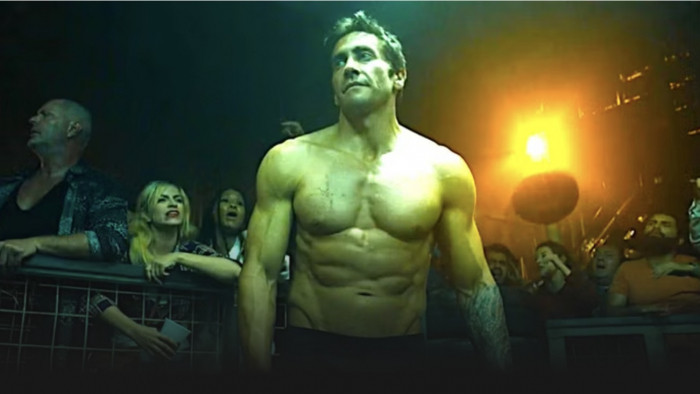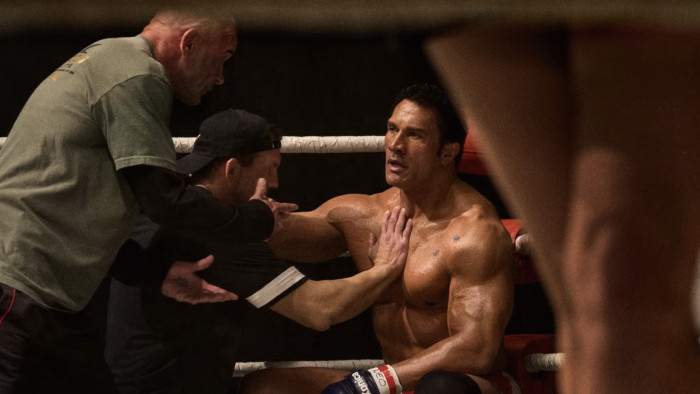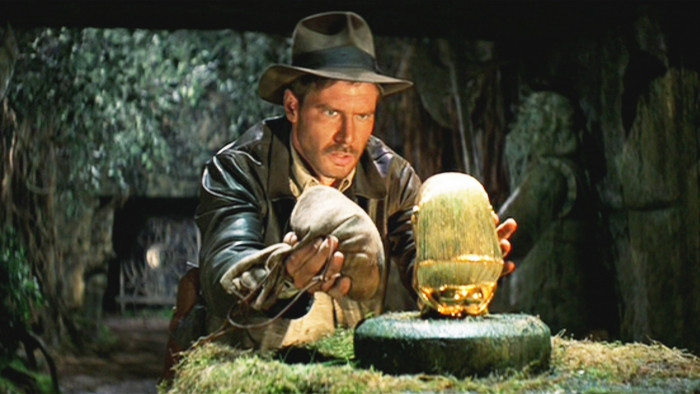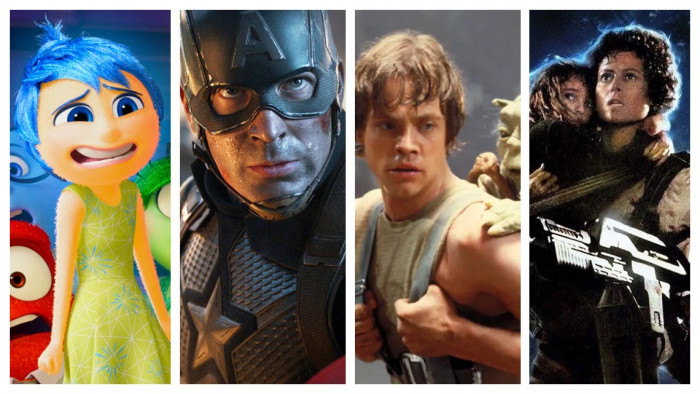In a Twitter message far, far away, someone is probably composing a gag about the fact that Rogue One: A Star Wars Story is a film about a woman, a Muslim, a Mexican, an Asian and a sassy robot banding together and taking on a gruelling regime of old white men who are running an evil government that draws power from fear (and a giant laser).
Heck, they might even Photoshop Donald Trump’s head onto the body of Ben Mendehslon’s villainous, crisp-caped defence expert Orson Krennic - and they'd have half a point.
At its core, Rogue One is a story about clinging to hope in dire times and leaning into that hope even when certain doom is on the horizon, and since you will know by now that 2016 has largely been a total shitshow, you might find yourself nodding along and wondering if you, too, could save our doomed planet simply by hijacking some secret documents with friends.
Some things you may also know: the blockbuster is set just before Episode IV, A New Hope, but *after*Episode III, so it’s a midquel, dealing largely with the Death Star that you'll remember eventually gets blown up in Episode IV. It sees Jyn Esro (Felicity Jones) join a team of rebels in securing the schematics for the planet-nuking weapon after discovering her father (Mads Mikkelsen) was forced to work on its design against his will, but used his position to subvert his masters and design a tiny flaw in its structure in the hope some young Jedi of the future might fire a laser directly into its reactor.

The good news is, it’s a frantic, erratic, explosive heist movie that looks incredible and rightfully deserve its place in the space saga. The cast - both human and non - look exhausted; the robots bodies all chipped and rusted, the humans ground-down and drained, numb and weary, resigned to a shitty fate. The locations and settlements are grim, underground nooks hastily cobbled together with intricate technology. Even the most luscious location - the jungle paradise Scariff - has its picturesque beaches and gently-curved palm trees mutilated in the film’s major battle finale.
It's no real surprise it's helmed by Monsters and Godzilla director Gareth Edwards: compared to what’s gone before the action feels less stylish and instead more choppy, rough and erratic; the camera shakes and wobbles, dialogue is interrupted by explosions that rip up the scenery, and despite an exquisite, fanboy-approving score throughout, some of the film’s most chilling moments are when there are no violins at all, just the scream of blaster lasers flying past each other, effortlessly shattering bricks and mortar.
No more so than in the film’s final act. Totally mad - in the best way possible - we're treated to dogfights in space, skeletal AT-ACTs patrolling the beaches, gunfights across sand dunes and high in the sky on precarious mesh platforms.
The bulky cast does an admirable job but as a one-off film the characterisation falters slightly. Rebel assassin Diego Luna is dashing but lacks any real heft. Blind warrior Chirrut Imwe (Donnie Yen) doesn’t say much but his martial art skill is incredible, from his graceful kicks to his aggressive beat-downs with a large stick. And new droid K-2S0, a blunt, bitter curmudgeon pitched somewhere between Frasier Crane and Larry David, is a great addition, lobbing grenades and slapping people in the face while obsessing over statistics and death.

So what about our old friend Vader, you may be wondering. Teased briefly in the trailer, he's used sparingly throughout the film but nonetheless devastatingly, with one scene towards the film’s climax cementing him as the greatest cinematic villain there ever was. Abetted by Edwards’ use of smoke and shadow, watching Ben Mendehslon’s Krennic quiver at the presence of Old Darth, you might just be shaking a little in the cinema seat yourself.
Vader aside, the film is loaded with more franchise Easter eggs than womp rats on Tattooine. Even your mum will get a couple. And yet, the film also does things on its own terms, retaining a vintage feel while also feeling rawer, more progressive, and more brutal than anything the space opera has served up previously.
Ultimately, Rogue One plays up to its unique position in the Star Wars universe; it’s optimistic and brimming with hope, while simultaneously painting the fight against evil as a bleak and traumatic endeavour. The only difference between this and 2016 as a whole is that you'll want to do it all over again.
Rogue One: A Star Wars Story is out in cinemas from 15 December










